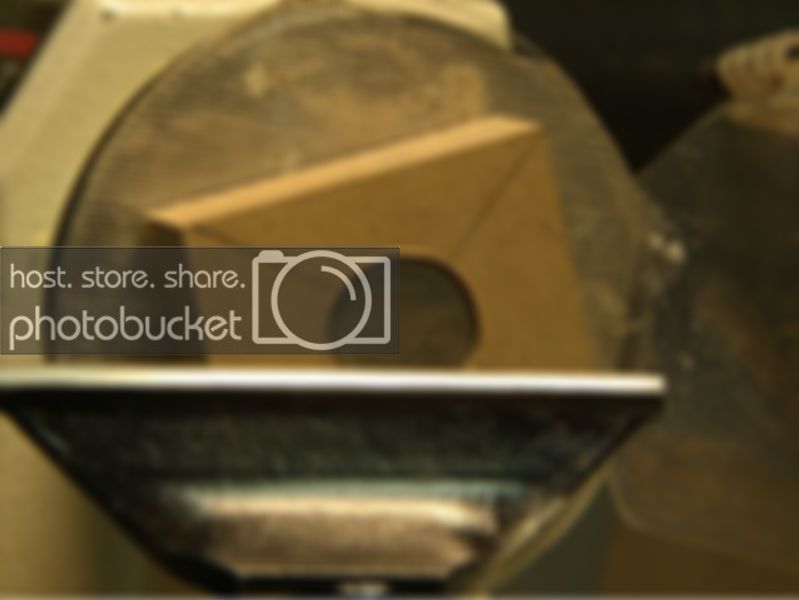BeSquare
Member
I gave up on the drill mills for squaring the end of blanks pretty early on just because I had too many problems cracking blanks and other issues. I recently made a sanding mill for my lathe out of an old mandrel, I also have a sanding disk mounted to a faceplate I use for sanding. The issue I'm having is that the wood/acrylic blanks literally eat through the sandpaper after only one or two ends being sanded. It does a great job but at the rate I'm going through paper I'd have to raise the cost of my pens 
Anyone have an idea what I could do to improve this? Is it paper brand, lathe speed, maybe I'm just pushing too hard? Or is the answer to just bite the bullet get a disk sander and make a jig that slides so I can use all of the paper
Thanks for the help!
- Rich
Anyone have an idea what I could do to improve this? Is it paper brand, lathe speed, maybe I'm just pushing too hard? Or is the answer to just bite the bullet get a disk sander and make a jig that slides so I can use all of the paper
Thanks for the help!
- Rich

